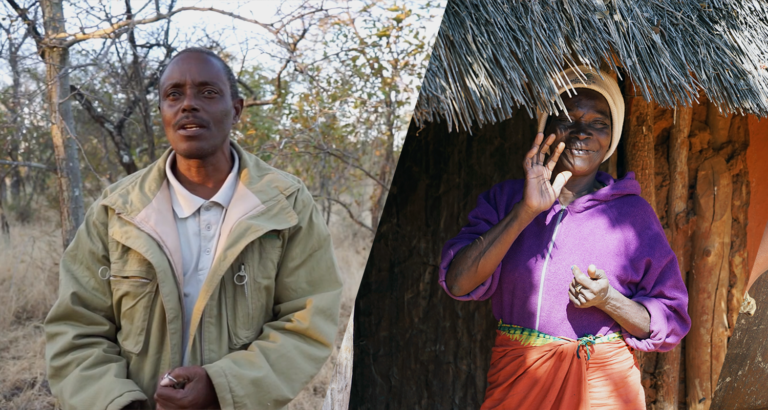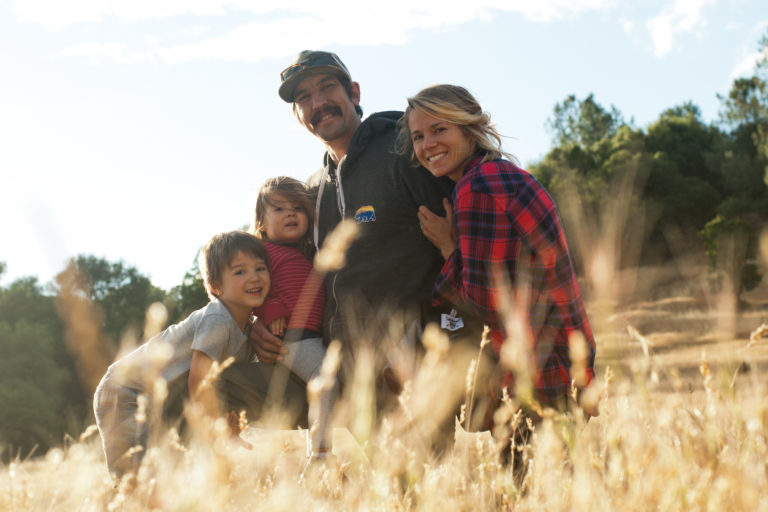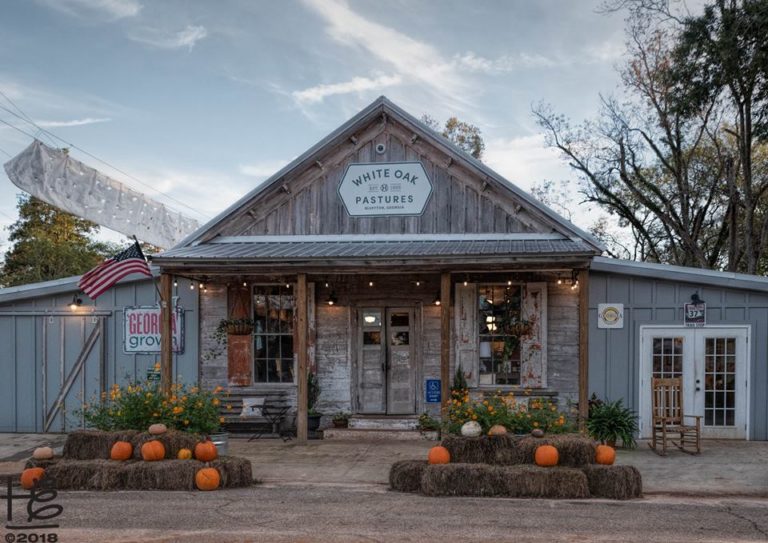By Chris Kerston, Director of Market Engagement and Public Outreach, Savory Institute
On a postcard summer day, a few hundred mighty ungulates carelessly amble across a verdant landscape. Their heads hang down, rhythmically sweeping side to side, accompanied by the sound of snapping grass and quiet chewing. If this is a sight you have not experienced firsthand, know that it is a hypnotizing one. It speaks to a primal part of the human soul. When you are experiencing such a moment, all feels right with the world.
These animals are content; their warm sweet breath expels in the form of heavy restful sighs as they begin to settle under the nearby trees before the heat of the day sets in. Their calves prance and play before also succumbing to the shade, their bellies full of milk and tender grasses. Our group is able to walk among the herd without creating any stir.
A similar scene repeats itself on countless family farms and ranches all around the world, yet today, at this moment, this scene is being played out on a particularly stunning stage that only the Colorado Rockies can provide. The sky is electric blue with puffy white clouds floating above a backdrop of russet tetons and twisted mountain crags, accompanied by the gentle rippling sounds of the Gunnison River. The abundant lush mountain pastures comprise an oscillating ocean of swaying emerald green. The air is charged with the optimism and the high-metabolism of summer, yet it is balanced with the peace of these beautiful 1,500 pound animals preparing for their midday siesta.
Livestock, such as cattle, have become very misunderstood creatures, especially in the recent history. With the prevalence of feedlot agriculture, animal welfare, environmental impact, and the health qualities of meat itself have all been severely compromised. Unfortunately, this widespread and destructive paradigm is the system from which most consumers obtain their meat. Yet for eons, humans, ruminants, and grass made up a synergistic trifecta. One could argue that this trio made the foundation of our species and that this special woven relationship with grazing animals comprises one of humanity’s most important bonds. On this day, our group quietly celebrates a largely forgotten time, founded by a deep unadulterated collaboration with our ruminant partners.
A few of us from the Savory Institute, along with a group of the senior leadership team of Teton Waters Ranch, are spending this beautiful day under the Colorado sun with Bill and Kelli Parker, founders of the 100% grass-fed cattle and sheep ranch, Parker Pastures.
We at Savory Institute provide regenerative grazing training and implementation support to farmers and ranchers around the world. We have trained tens-of-thousands of ranchers on all six habitable continents. The framework that we teach is called Holistic Management, a decision-making framework that has taken hold around the world over the past fifty years since Allan Savory began his work in Zimbabwe. Holistic Management follows a triple-bottom-line proactive planning process that teaches ranchers how to manage their domestic livestock as a positive catalyst on the ecosystem – mimicking the actions and inherent benefits that wild roaming grazing herds once had on the land. Longtime students of Holistic Management, and now teachers themselves, Bill and Kelli Parker have been practicing this form of regenerative agriculture for nearly 30 years.
The Savory Institute has built a network of accredited educators and has established 30 training centers around the globe, called Savory Hubs. Parker Pastures is the demonstration site for Savory’s Colorado Hub, which trains, mentors, and provides implementational support for regional ranchers and farmers seeking to utilize their livestock to mimic the role that wild grazers once played on their native habitat.
Teton Waters Ranch has become a strong advocate for a better agricultural system for all, starting with their commitment to sourcing exclusively 100% grassfed, Certified Humane beef. Now, TWR is diving deeper and exploring regenerative grazing, a form of livestock management that measurably restores land, rather than degrades it. Every ecosystem on the planet has plants and animals working together in symbiosis to create net-positive environmental impacts – why wouldn’t we want our food and fiber systems to do the same? This is what the emerging worldwide movement of regenerative agriculture aims to bring about.
If you’d like to learn more about how this works, watch this Regenerative Grazing 101 Video
The benefits that the movement of holistic ranchers have experienced are nothing short of awesome. A foundational component of regenerative agriculture is that it increases carbon sequestration. By facilitating photosynthesis, regenerative ranches absorb carbon from the atmosphere and draw it down into the soil where it is a source of fertility. A cascade of benefits follows, including increased production on the land, improved wildlife habitat and populations, enhanced economic resilience for their own operations and their communities, and greatly improved food and water security, often in areas that would otherwise be classified as food deserts.
Together on our ranch walk, we were reminded that we can all be “positive catalysts” as ranchers, citizens, food makers and food consumers. On our trip to Parker Pastures, the team from Teton Waters Ranch saw first-hand the hopeful future that they can have a hand in crafting, both here in their home state of Colorado, and around the world. As consumers continue to demand products that further align with their own personal values surrounding personal health, social well-being, and environmental resilience, we can all synergize our efforts to re-establish our deep bond with grazing herds, bask in the peaceful beauty of the grasslands, and bring about a better world for all.








